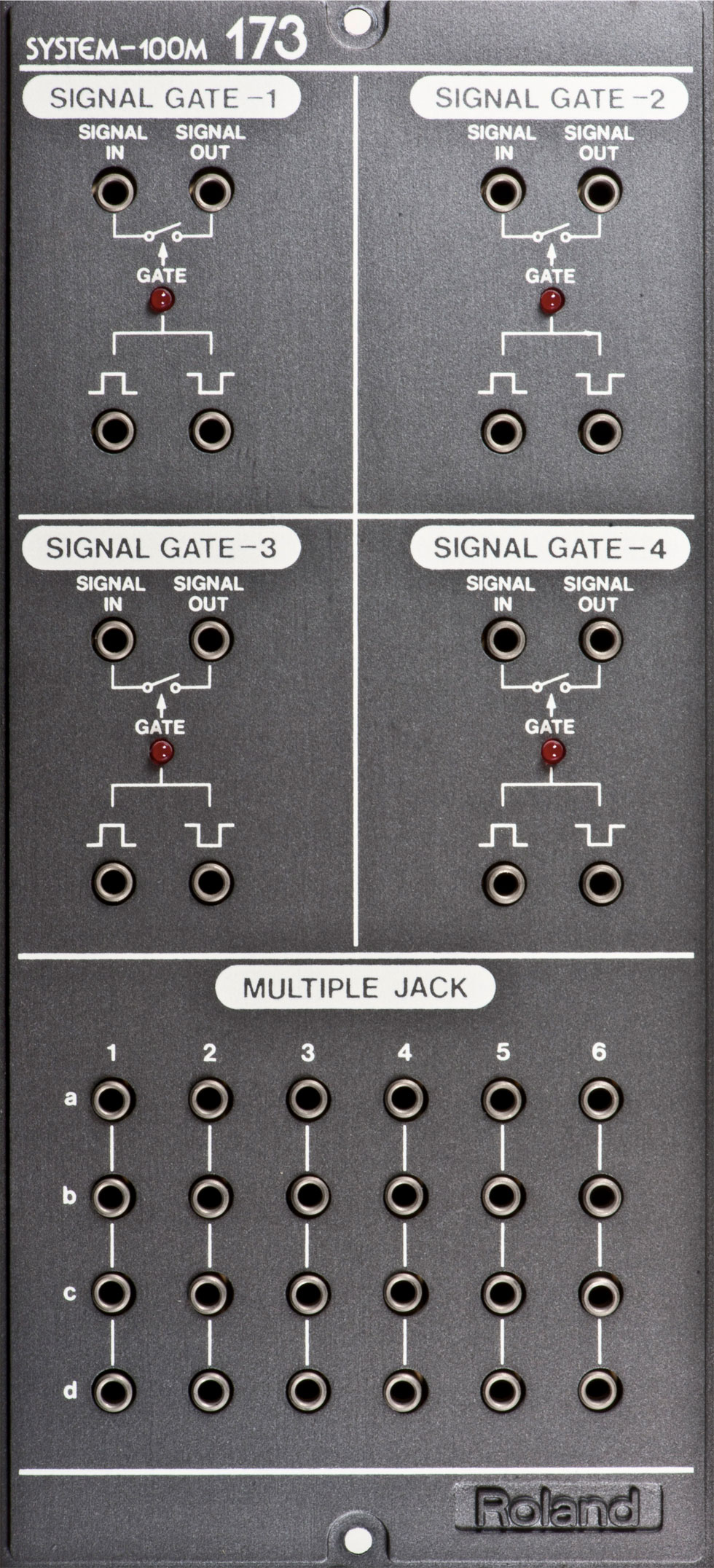Voltage Controlled Switches
This way – or that way?
The Voltage Controlled Switch is a less common module in a modular synth. As the name implies it is a circuit that can switch connections depending on voltage level. And it has some great creative potential.
One way…
Use 2 input sources, and let the switch determine which of the sources will reach the single output. HIgh voltage = Input 1. Low voltage = Input 2.
Example: Should a VCO receive LFO vibrato modulation – or ADSR pitch envelope?
Or another….
Or reverse the process. Use 1 input source and let the voltage determine which of the 2 outputs will receive signal from the input.
Example: Should the LFO vibrato go to the VCO? Or to the VCF?
Voltage Control
LFO Controlled switching
If you let an LFO modulate the switch, you wil get quasi-random cyclical switching, with switch rate and pattern depending on the LFO speed.
Sequencer Controlled switching
Use an analog sequencer to make stepped programmed switching. (Can be done with only a VCA too).
Noise Controlled switching
A noise source wil make very fast switching, letting approximately half the input signal through to each output.
Use a sample & hold between the noise generator and the switcher, to reduce the random switching rate.
Audio rate controlled switching
Static waveforms
If you use an audio-rate square wave, you can actually use a switcher as a divider, since the frequency of the wave will be exactly halved from input to output. So the input frequency will be one octave lower at the output. Use several switchers serially to create further suboctaves.
Complex audio
[gdlr_frame type=”border” align=”left” caption=”Modular VC Switcher from Softwire”][gdlr_image_link type=”image” image_url=”https://ranum.dk/wp-content/uploads/gear-softwire-octal-vc-switch-212×300.jpg” link_url=”https://ranum.dk/wp-content/uploads/gear-softwire-octal-vc-switch.jpg” alt=””][/gdlr_frame]


